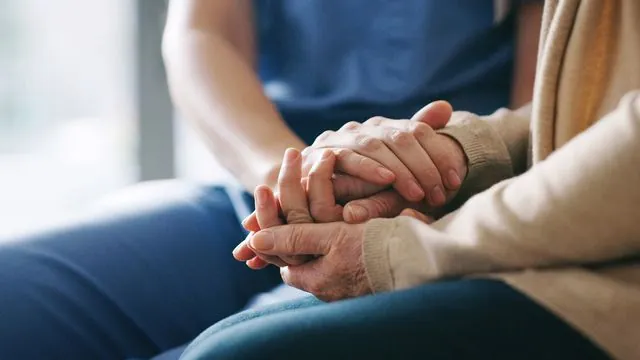
Can Treating Depression Reduce Pain in Older Adults? New Study Suggests It Might!
2025-05-21
Author: Daniel
Unlocking the Connection Between Depression and Pain
A groundbreaking study published in eClinicalMedicine reveals a surprising link: treating depression in older adults may not only elevate their spirits but also fend off chronic pain later in life. This new research shines a light on the intricate relationship between mental health and physical well-being among those aged 50 and above.
The Study in Numbers
The researchers scrutinized survey data from an impressive cohort of 3,668 older adults who frequently battled moderate to severe pain, alongside a matched control group of the same size, who reported no such discomfort. What they uncovered was eye-opening! In those plagued by pain, depressive symptoms escalated significantly eight years before the pain began, peaking at the onset and remaining high post-diagnosis. Meanwhile, the control group enjoyed relatively stable mental health.
Loneliness Plays a Troubling Role
Moreover, the study indicated that feelings of loneliness surged in the pain group, both before and after pain onset. In contrast, the non-pain participants reported consistently low levels of loneliness. This suggests that loneliness might be another crucial factor contributing to pain, alongside depression.
Dr. Bloomberg's Insights
Dr. Mikaela Bloomberg, the lead author from UCL’s Epidemiology & Public Health, emphasizes: "Pain and depression are intertwined, often worsening one another. Our findings indicate that mental health issues can precede physical pain, signaling a critical window for intervention. By addressing mental health early, we could potentially stave off chronic pain and improve overall quality of life."
Mental Health and Pain Management - A New Approach?
The researchers propose that conditions like depression can heighten sensitivity to pain by triggering stress-related inflammation and disrupting the autonomic nervous system. They argue that strategies for pain management must not only target biological factors but also incorporate mental health support.
Socioeconomic Disparities Matter
The study also uncovered disparities linked to education and income; those with lower resources were more likely to experience a dramatic rise in depressive symptoms associated with pain. This finding underscores the necessity for tailored mental health services for vulnerable populations struggling with both socioeconomic challenges and chronic pain.
Quality of Relationships Over Quantity
Interestingly, while the research noted differences in feelings of loneliness, it found little variance in social isolation between the two groups. The researchers suggest that it’s the quality of relationships rather than the mere presence of social interactions that could play a pivotal role in combating pain and depression.
What’s Next?
With three-quarters of pain group participants reporting issues in their back, knees, hips, or feet, the implications of this study are vast. However, the research highlights a need for more diverse cohorts in future studies to explore broader demographic insights.
A Call to Action for Mental Health Services
This compelling evidence beckons a shift in how we consider pain and mental health, advocating for an integrated approach that prioritizes mental well-being as a key component of physical health.




 Brasil (PT)
Brasil (PT)
 Canada (EN)
Canada (EN)
 Chile (ES)
Chile (ES)
 Česko (CS)
Česko (CS)
 대한민국 (KO)
대한민국 (KO)
 España (ES)
España (ES)
 France (FR)
France (FR)
 Hong Kong (EN)
Hong Kong (EN)
 Italia (IT)
Italia (IT)
 日本 (JA)
日本 (JA)
 Magyarország (HU)
Magyarország (HU)
 Norge (NO)
Norge (NO)
 Polska (PL)
Polska (PL)
 Schweiz (DE)
Schweiz (DE)
 Singapore (EN)
Singapore (EN)
 Sverige (SV)
Sverige (SV)
 Suomi (FI)
Suomi (FI)
 Türkiye (TR)
Türkiye (TR)
 الإمارات العربية المتحدة (AR)
الإمارات العربية المتحدة (AR)